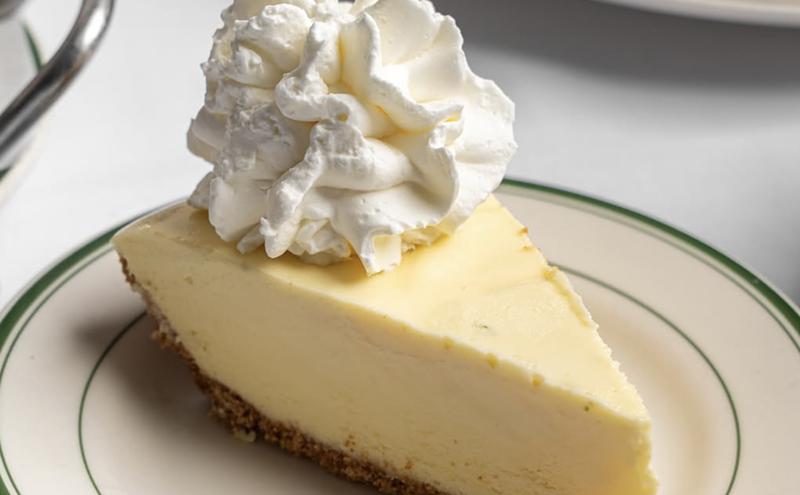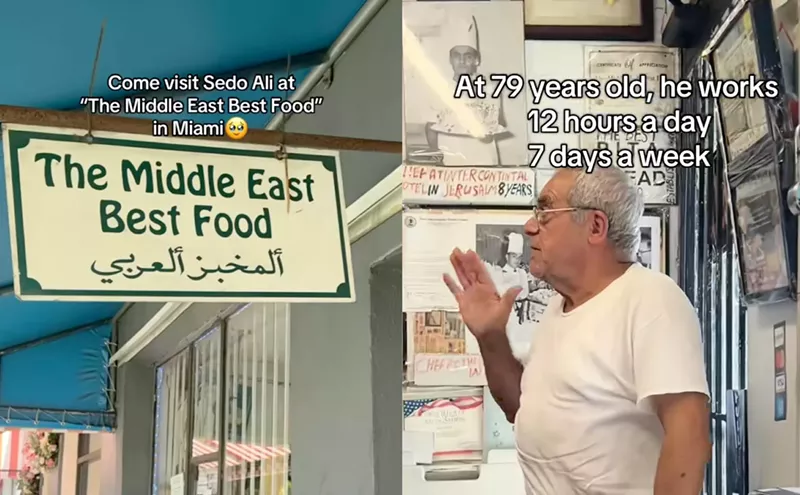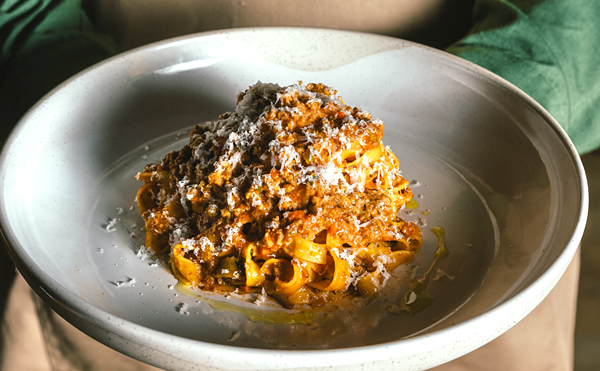I'm not much of a cook. Wait, that's an understatement. My cooking skills include the ability to scramble an egg white and mash an avocado. This is a sad state of affairs, considering my mother is a chef and I'm a vegetarian (which leads to a lot of obvious food restrictions).
I should cook. A lot. But alas, I eat little more than lettuce at home, and eat out the rest of the time. So I was stoked to try one of Eleanor Hoh's Wok Star classes. I knew she'd school me on how to whip up easy, healthy at-home edibles. And just as I anticipated, I learned lots of stuff. Find out what after the jump.
See also:
- Top Five Cooking Classes in Miami
10. Cast iron is the only way to go.
Sorry to rain on your low-budget parade, but that wok you scored for $5 at Ikea just ain't gonna cut it. Cast iron is the best of the best when it comes to wok cooking. Anything less and you're setting yourself up for disappointment. In fact, non-stick (the cheapies) can't even be used with high heat, which is a must for searing meat and keeping veggies crunchy.
9. You don't need Iron Chef-style chopping skills.
Seriously. Eleanor was forthcoming about her lack of knife ability. But who cares?! As long as you can get the job done, you've got a good meal ahead of you. Carrots taste the same whether they're professionally sliced and diced or slowly dissected.
8. Traditional cast iron woks are light.
Surprisingly, these puppies are thin, easily maneuverable and light (three pounds!). After all, this is an exercise in cooking, not Pain & Gain-esque weightlifting.
7. Woks must be seasoned.
They need the flavor cooked right into 'em. Once they've been used a number of times, they develop a natural patina, which creates a non-stick surface. That makes your life easier -- and your food tastier.
6. Woks are a catch-all cookware.
They can be used for stir frying, steaming, stewing, deep frying, smoking, searing, making soups and even omelettes. Seriously, why bother with anything else?
5. Direct flame is crucial for wok cooking.
So electric stove owners (aka all of South Florida) -- you're up shit creek. Luckily, you can score a portable butane gas stove a la Eleanor, and carry the fire with you wherever you go.
4. Avoid flat bottomed woks.
They lack the natural motion needed for stir fry, use more oil and were made for electric stoves. They pale in comparison to their rounder brethren.
3. Get creative.
Wok cooking is all about breaking free from recipes. So mix it up a little.
2. Cut your veggies diagonally.
The more you can expose their inner surface area, the faster they'll cook. And speedy is good, in this context.
1. A good wok can last, like, forever.
Or at least a lifetime. How awesome is that? So screw Ikea and do like your grandma did. Get the good stuff.
You can learn lots of other stuff about wok cooking via Eleanor's Wok Star classes, which she hosts regularly. And check out her site for all the wok know-how you need! If she can help newbies like me take to the kitchen, she can certainly show you a thing or two.
Follow Hannah on Twitter @hannahalexs.
Follow Short Order on Facebook, on Twitter @Short_Order, and Instagram @ShortOrder.












